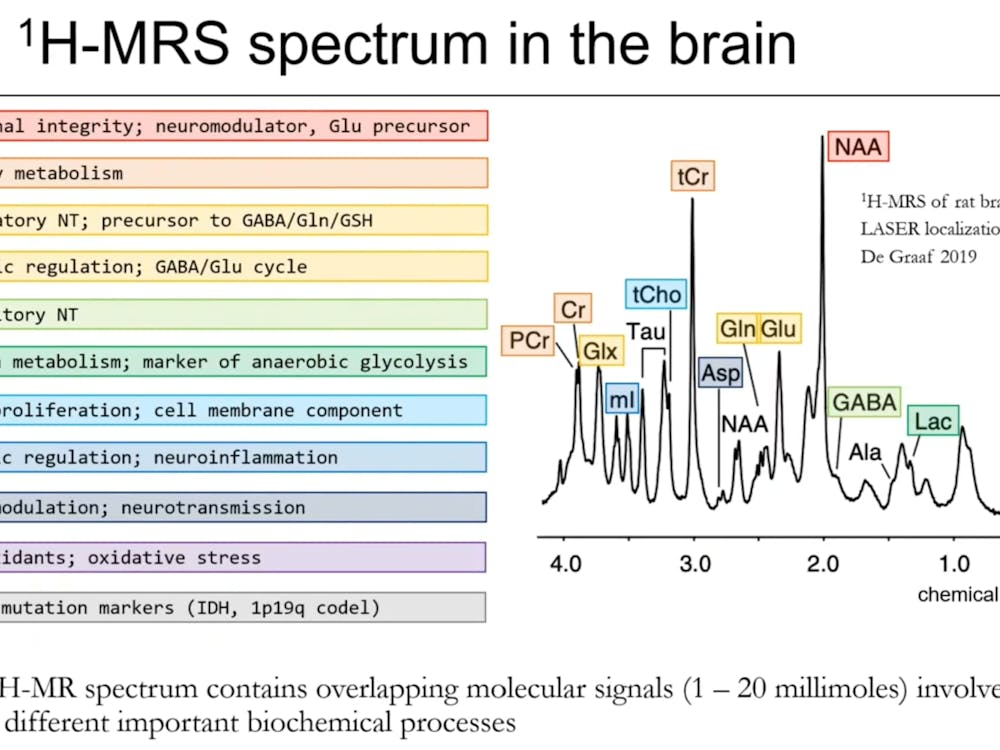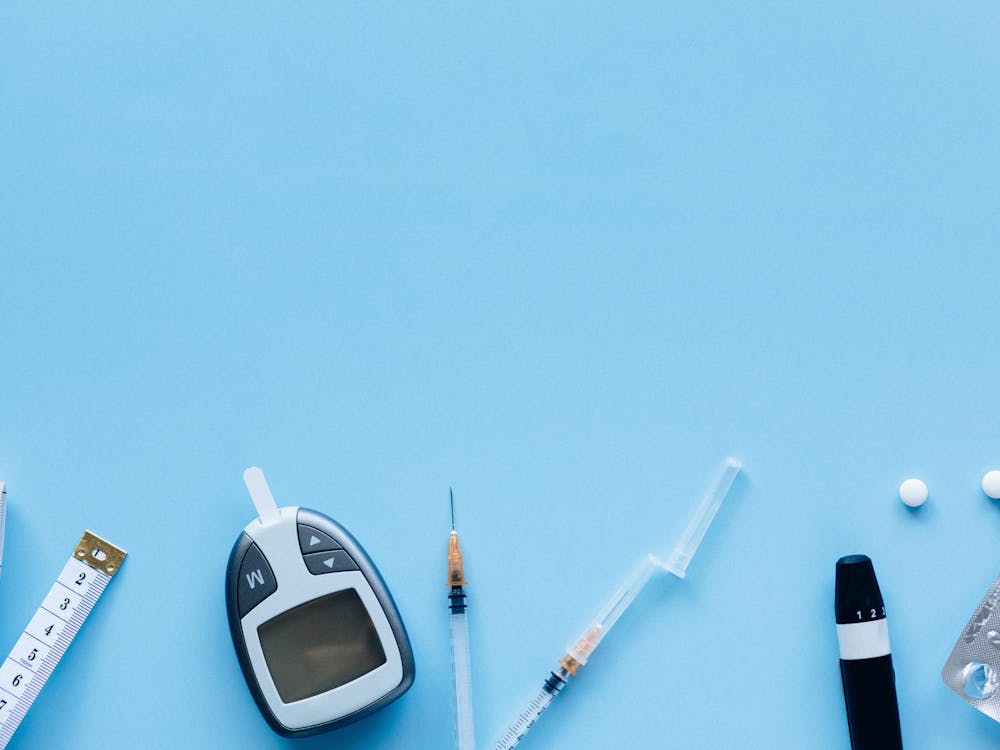Men suffering from erectile dysfunction may have a new treatment on the way after work by Arthur Burnett, a professor of urology at the Hopkins School of Medicine, lifted the cover on how penile erections are maintained after initial arousal.
Prior to this recent study, published in Proceedings of the National Academy of Sciences, Burnett and colleague Solomon Snyder had published a paper in a 1992 issue of Science, which showed that penile erections are initiated by the production of nitric oxide in penile tissue. Nitric oxide is a simple molecule with the formula NO and takes the form of a gas at regular room temperature and pressure. However, in the body, nitric oxide plays a variety of roles. One of these is to dilate blood vessels and relax muscles that, in the penis, help increase blood flow to create an erection.
While the 1992 study was able to pinpoint the mechanism which initiates erections, at the time Burnett and Snyder did not look into how the erection is actually maintained. This time around, the Hopkins group looked at the extensive biochemical network that operates to not only start an erection, but also to maintain one.
So how does the process work?
According to their study, the same nitric oxide molecule that initiates erections also acts to maintain them. A complex series of signaling pathways leads a continued buildup of NO to sustain muscle relaxation, increase blood flow to the penis, and ultimately, create a sustained erection.
Signaling pathways are often incredibly complex biochemical systems within a cell that require a variety of molecules ranging from enormous proteins to tiny secondary messengers. Within a cell, these compounds can act to receive, relay, and amplify signals through different biological mechanisms. Signaling also depends on the interactions of different cells throughout the body, each sending and receiving different messages, which coalesce to yield the response we are able to see, such as an erection.
With that understanding, it is no wonder that it took years of research for Burnett and his team to determine the underlying mechanisms of an erection. By studying penile activity in mice, Burnett was able to uncover the mechanism by which mice are able to sustain erections, which correlate directly to human mechanisms. Burnett and Snyder were able to identify several key proteins acting in the biological pathway.
According to the findings, once NO is synthesized in penile tissue to begin an erection, a series of cyclical feedback mechanisms leads to the synthesis of more nitric oxide. Ultimately, protein kinase A, an enzyme which adds phosphate groups to other proteins, phosphorylates the enzyme neuronal nitric oxide synthase, leading to the production of more nitric oxide.
For Burnett, while his work is a great advance in pure science, he hopes to further his studies and one day find better treatments for men suffering from erectile dysfunction. One current area of research has been looking at the herbal compound forskolin which can aid in nitric oxide production, offering a potential source of NO to be researched more thoroughly.
Burnett and Snyder’s work has only just started. With the underlying mechanism of erections understood, work towards developing usable treatments with this mechanism could soon develop.




